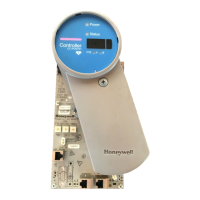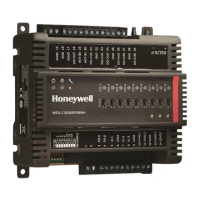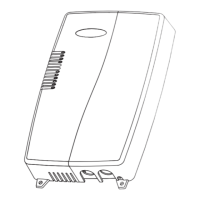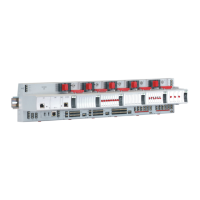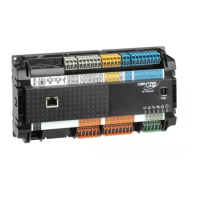There are no configured IOMs communicating on the I/O Link. In other words, it
appears to the primary controller that it has lost communication with the
Secondary I/O Link interface.
Both IOL channels connected to Primary and/or Secondary C300 I/O Link are lost
Loss of input power to Secondary controller.
Secondary controller failure.
Removing the powered Secondary controller module from its IOTA.
Conditions that do not result in loss of sync
Assuming a synchronized or standby redundant controller pair, the following conditions
do not result in loss of synchronization.
Single FTE link to Primary and/or Secondary controller is lost.
Single IOL channel connected to Primary and/or Secondary C300 I/O Link is lost.
8.6
Switchover
A switchover describes the process where a Synchronized or Standby Secondary
controller assumes the role of the Primary controller. A switchover can be triggered
immediately upon the detection of a fault in the Primary or upon the receipt of an
operator command. Depending on the switchover trigger, the original Primary controller
attempts to reboot into the secondary role, but this controller is not immediately able to
participate in another switchover operation. Specifically, after the new secondary reboots
into the secondary role, it must first perform and complete initial-synchronization before
another switchover is allowed.
Initiate Switchover - SWITCHCMD
The Switchover command triggers a realistic switchover scenario. The original primary
controller reboots into the secondary role and the Synchronized or Standby Secondary
controller assumes the primary role to continue control operations.
Max Switchover Time - RDNSOTIMEMAX
The RDNSOTIMEMAX parameter indicates the maximum switchover time in
milliseconds. This is a high-water mark for all the previous switchover occurrences.
This value is reset upon issuing the C300 Platform block's Stats Reset command.
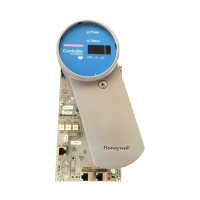
